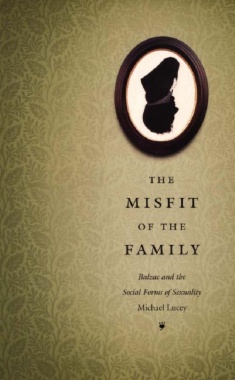

The tremendous progress in biology over the last half century - from Watson and Crick's elucidation of the structure of DNA to today's astonishing, rapid progress in the field of synthetic biology - has positioned us for significant innovation in chemical production. New bio-based chemicals, improved public health through improved drugs and diagnostics, and biofuels that reduce our dependency on oil are all results of research and innovation in the biological sciences. In the past decade, we have witnessed major advances made possible by biotechnology in areas such as rapid, low-cost DNA sequencing, metabolic engineering, and high-throughput screening. The manufacturing of chemicals using biological synthesis and engineering could expand even faster. A proactive strategy - implemented through the development of a technical roadmap similar to those that enabled sustained growth in the semiconductor industry and our explorations of space - is needed if we are to realize the widespread benefits of accelerating the industrialization of biology.
Industrialization of Biology presents such a roadmap to achieve key technical milestones for chemical manufacturing through biological routes. This report examines the technical, economic, and societal factors that limit the adoption of bioprocessing in the chemical industry today and which, if surmounted, would markedly accelerate the advanced manufacturing of chemicals via industrial biotechnology. Working at the interface of synthetic chemistry, metabolic engineering, molecular biology, and synthetic biology, Industrialization of Biology identifies key technical goals for next-generation chemical manufacturing, then identifies the gaps in knowledge, tools, techniques, and systems required to meet those goals, and targets and timelines for achieving them. This report also considers the skills necessary to accomplish the roadmap goals, and what training opportunities are required to produce the cadre of skilled scientists and engineers needed.